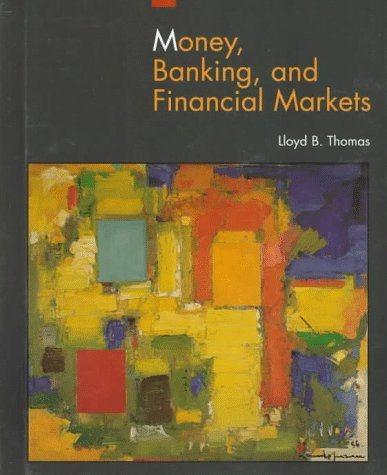J. Ross and Sons Inc. has a target capital structure that calls for 40 percent debt, 10 percent preferred stock, and 50 percent common equity. The firm's current after-tax cost of debt is 4 percent, and it can sell as much debt as it wishes at this rate. The firm's preferred stock currently sells for $75 a share and pays a dividend of $7 per share; however, the firm will net only $70 per share from the sale of new preferred stock. Ross expects to retain $30,000 in earnings over the next year. Ross' common stock currently sells for $37 per share, but the firm will net only $33 per share from the sale of new common stock. The firm recently paid a dividend of $2 per share on its common stock, and investors expect the dividend to grow indefinitely at a constant rate of 10 percent per year. 1. What is the firm's cost of retained earnings? 2. What is the firm's cost of newly issued common stock? 3. What is the firm's cost of newly issued preferred stock? 4. Where will a break in the WACC curve occur? 5. What will be the WACC above this break point? J. Ross and Sons Inc. has a target capital structure that calls for 40 percent debt, 10 percent preferred stock, and 50 percent common equity. The firm's current after-tax cost of debt is 4 percent, and it can sell as much debt as it wishes at this rate. The firm's preferred stock currently sells for $75 a share and pays a dividend of $7 per share; however, the firm will net only $70 per share from the sale of new preferred stock. Ross expects to retain $30,000 in earnings over the next year. Ross' common stock currently sells for $37 per share, but the firm will net only $33 per share from the sale of new common stock. The firm recently paid a dividend of $2 per share on its common stock, and investors expect the dividend to grow indefinitely at a constant rate of 10 percent per year. 1. What is the firm's cost of retained earnings? 2. What is the firm's cost of newly issued common stock? 3. What is the firm's cost of newly issued preferred stock? 4. Where will a break in the WACC curve occur? 5. What will be the WACC above this break point







